Mike Horrocks is the director of the “Jungle Life Camp” in Thailand. Here he gives us some insight into what it is like to live on the edge of a Rainforest. (Shaz; in 2015 I visited Mike in Northern Thailand and saw some of the amazing things that Thailand has, including mountains to cycle on)
Bat Sausage
It was October, which meant it was boat racing season in Thailand. My friend had persuaded some of my colleagues and me to form a team to compete in a local event without any experience or even practice. There was a decent crowd out to watch the spectacle and there were teams from most of the villages in our subdistrict that were entered into a draw to race head to head in twos until a winner could be found. Needless to say, we were the laughing stock of the day, losing all three of our races as we struggled even to go in a straight line while our opponents left us in their wake. I was reminded of the fact days later, when one of my colleagues who had been watching, joked with me that we hadn’t been racing at all and had actually been out collecting morning glory – a comically named, edible weed that grows in ponds – from the riverbank, as that is where we had spent much of our valuable race time.
As with most community events in Thailand, the boat racing was only half of the appeal and the party continued until well after dark. At one point, a friend approached me and offered me a bite of a sausage that he was eating. “It’s bat,” he told me.
Having lived in Thailand for the last decade, I am no stranger to unusual food. (Shaz quite enjoyed trying insects but the fish bladder was a step too far!) While the vast majority of meals that I eat are vegan, I usually advocate for a big reduction in meat and animal products from our diet rather than complete removal and anyone who knows me well will know that I therefore “bend the rules” on occasion. At the time my philosophy (which has since changed) was loosely that farmed animal products from unknown sources were not to be trusted but a wild animal would have had a natural life before being caught for consumption and therefore was a better choice. As such, I ate the bat.
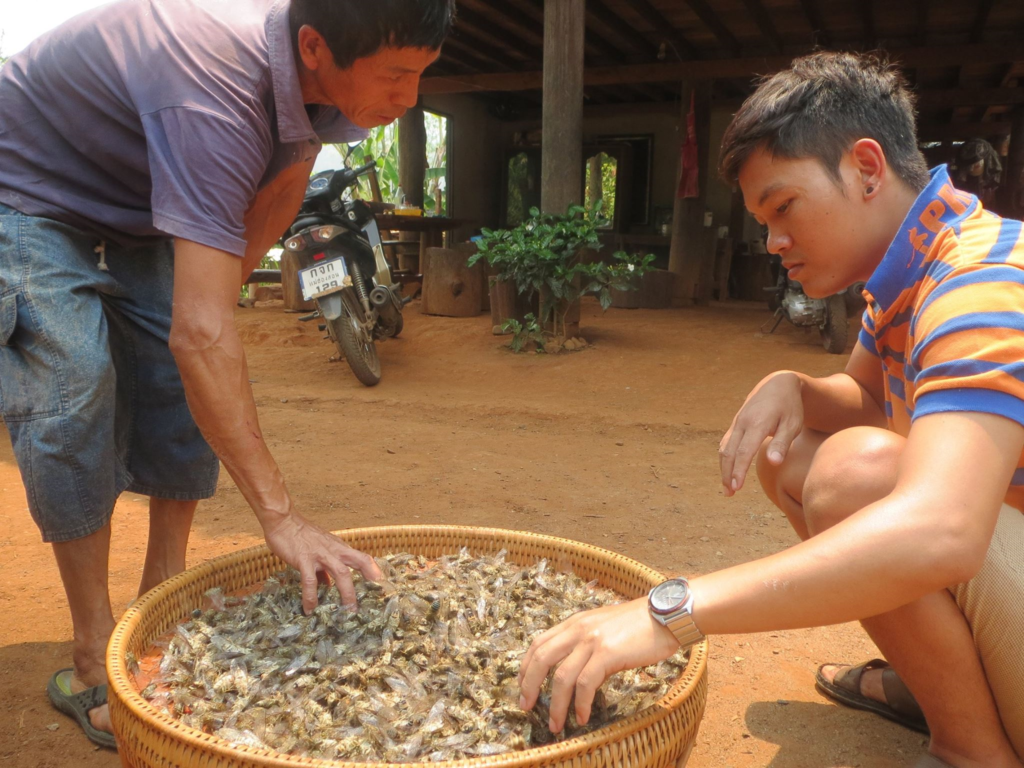
People and wild animals living in close proximity
Now, I’m not actually here to write about the ethics of our diet as this has been covered on Shaz’s website already. I want to give some perspective on a different topic that his readers may not have considered as much, which is the issue of people and wild animals living in close proximity. Of course, thanks to the questionable origins of COVID-19 this has also hit the headlines in recent months but I haven’t heard much said about it beyond the fact that a growing population and increasing resource consumption leads to habitat loss, which in turn means that wild animals are sometimes forced to share the limited space that is available with us humans.
I think that the world has probably moved on from the idea that the current pandemic was caused by someone in China eating bat soup but we know that, in one way or another, it did come about as a result of humans and animals directly or indirectly coming into contact with each other and therefore inadvertently sharing pathogens. It is undeniable that habits like keeping caged animals and eating meat will inevitably lead to occasional spillovers and this is, in fact, a common story in the history of mankind. But what is it like to live in a community that could contain a future patient zero? How does this interaction play out?
Well, I can’t speak for the world on this topic but I can describe my own experiences of living in a village surrounded by one of the world’s oldest and most biodiverse rainforests. This is the story of Khao Sok, Thailand.
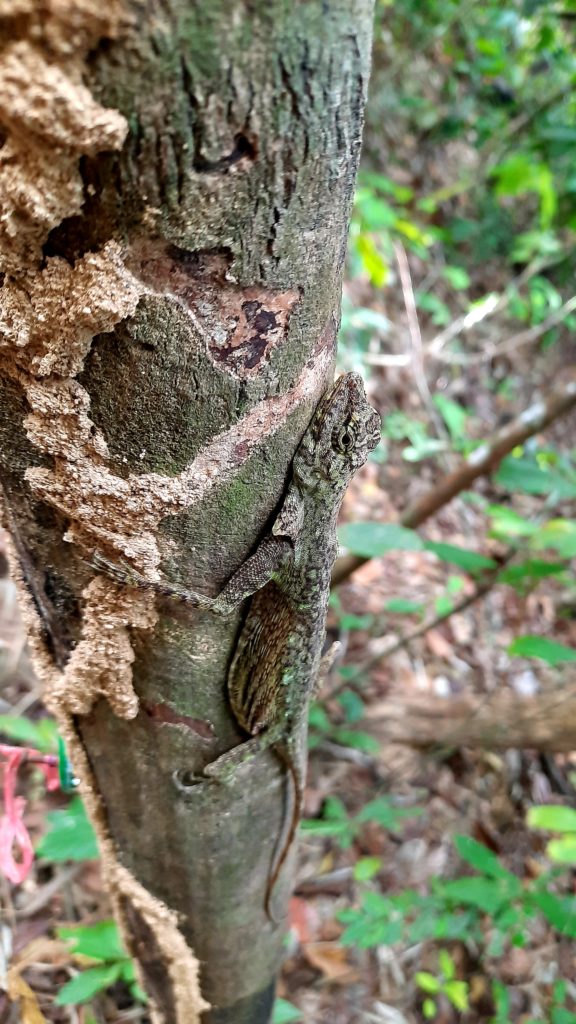
Khao Sok
Since February 2020 I have been doing my best to run a nature education centre here, called Jungle Life Camp. Our aim is to educate local youths about environmental issues and ignite a passion for taking care of our amazing, jungle surroundings. One way that we are able to fund this initiative is by offering activity programs for families and student groups that come to Khao Sok as tourists and my favourite way to welcome such a group is to start with a brief rundown of the history of this region.
The story usually starts about 250 million years ago, when what is now Khao Sok was actually located under a giant superocean known as Panthalassa. Over many years the skeletons of dead coral and other sea creatures built up on the sea floor and were compacted and cemented together to form limestone. As sea levels changed, this limestone eventually became dry land and an ancient forest grew on top. This happened back in the days when ferns and other non-flowering plants ruled supreme and, as a result, there are some truly fascinating descendants still in the neighbourhood.
Thanks to its continuous close proximity to the equator, this forest escaped being frozen over at times when others were not so lucky. This is why the rainforests of Southeast Asia are probably the oldest in the world.
About 55 million years ago, the Indian Tectonic Plate collided with the rest of Asia in dramatic fashion. It is because this collision was so recent – geologically speaking – that the Himalayan mountains, which were created as a result, are so tall. The iconic cliff faces that impressively jut out of the thick jungle in Khao Sok were also created as a result of this collision and the millions of years of erosion that followed. It turns out that the high rainfall and acidic soil found in tropical rainforests are great catalysts for limestone erosion, leading to a landscape of cliffs and caves rather than rolling hills.
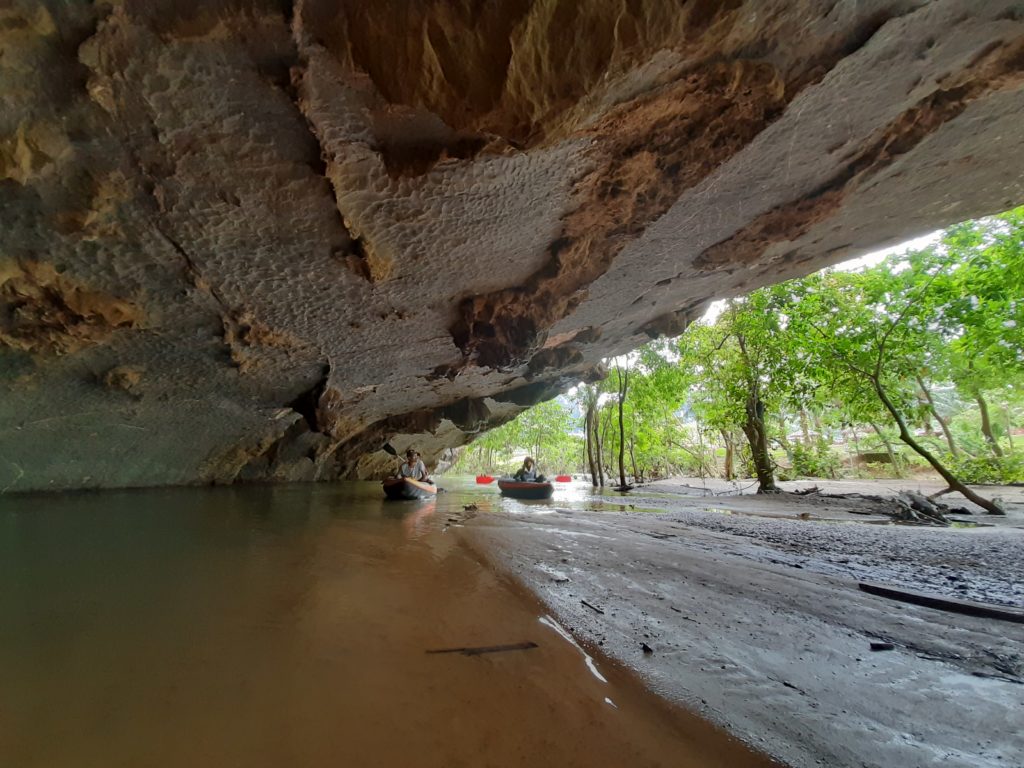
Khao Sok as a trade route
The unusual geography of the area probably contributed to the forest’s ever-growing longevity as the flatter, more accessible land around was cleared. Khao Sok remained a trade route between harbour towns located to the east and west and even provided an overland option for merchants wanting to avoid the pirate-infested waters of the Malacca Strait that separated the trading powerhouses of India and China. Goods would be transferred from ship to elephant and carried a short way before being floated for many miles down a river to the Gulf of Thailand before being loaded onto more ships and transported onwards to China.
Small communities did spring up along this trade route and I’ve been told that in the eighteenth century locals that had been forced to migrate inland from the west coast after an invasion by the Burmese army would make money by robbing travellers.
Time passed and more people moved to Khao Sok, which became a pig farming community until there was an exodus from the village in 1944 after a deadly disease (I’ve heard it was smallpox) killed off much of the population and scared the survivors away.
The future of the forest was put into question after the area was opened up for exploitation from mining and timber companies but these activities were slowed down thanks to the presence of communist insurgents using the remote jungle as a hideout and eventually brought to a halt after Khao Sok was designated a national park in 1980.
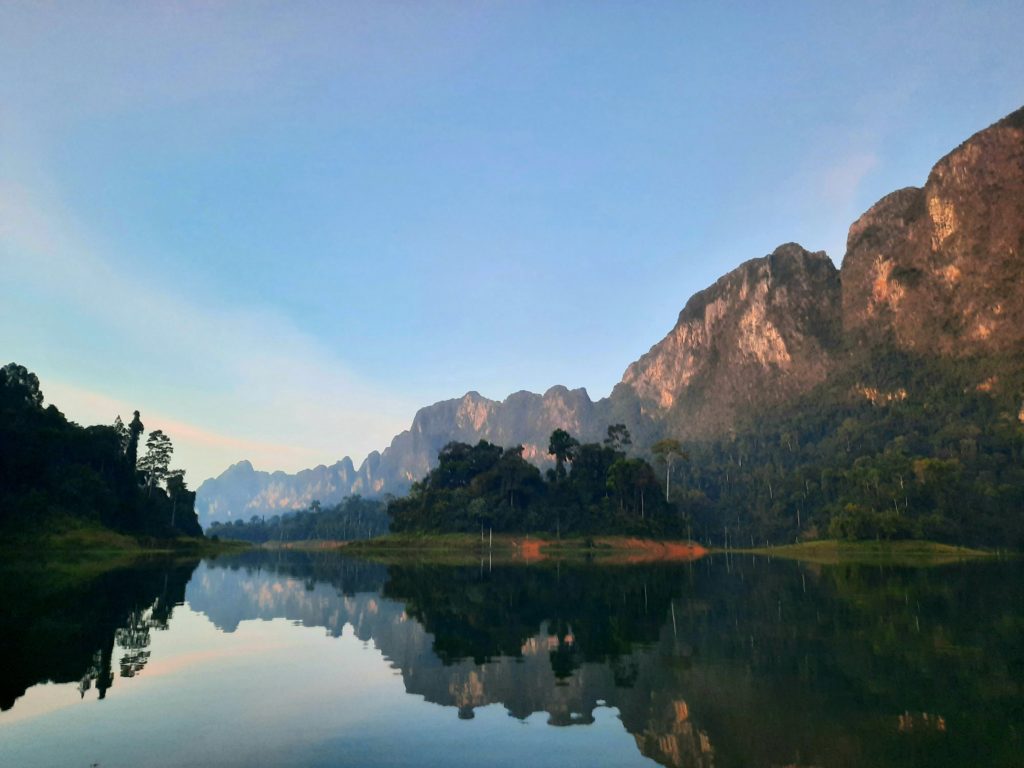
The creation of the Ratchaprapha Dam in the 1980s
This quick rundown of local history surely demonstrates just how interesting this place is, but undoubtedly the biggest event in Khao Sok’s recent past was the creation of the Ratchaprapha Dam in the 1980s. This controversial project was executed largely to prevent flooding and supply electricity to the now bustling city of Surat Thani 35 miles away. The rising waters caused by the dam displaced several jungle villages and created a multitude of islands, most of which would eventually become submerged over time as the lake grew to cover an area of 70 square miles (for comparison, the largest lake in England has an area of 5.8 square miles). The impact on the local wildlife was obviously devastating. There was a rescue effort led by famous conservationist Seub Nakhasathien, a man who would end up taking his own life three years later as he was working on another project in Huay Kha Khaeng in the west of the country. I have heard, though I don’t know if is true, that he killed himself in order to raise awareness of environmental issues. What is known for sure is that a foundation was quickly set up in his name and his application for the Huay Kha Khaeng Sanctuary to become a UNESCO World Heritage Site was approved posthumously.
Seub’s plan was to travel to the gradually disappearing islands and relocate the animals that had become stranded there by boat and helicopter. They were able to rescue over 1,300 animals of 116 different species but the creation of the lake nevertheless led to the local extinction of 52 species of fish, the Javan rhino and even a species of bird: Gurney’s pitta.
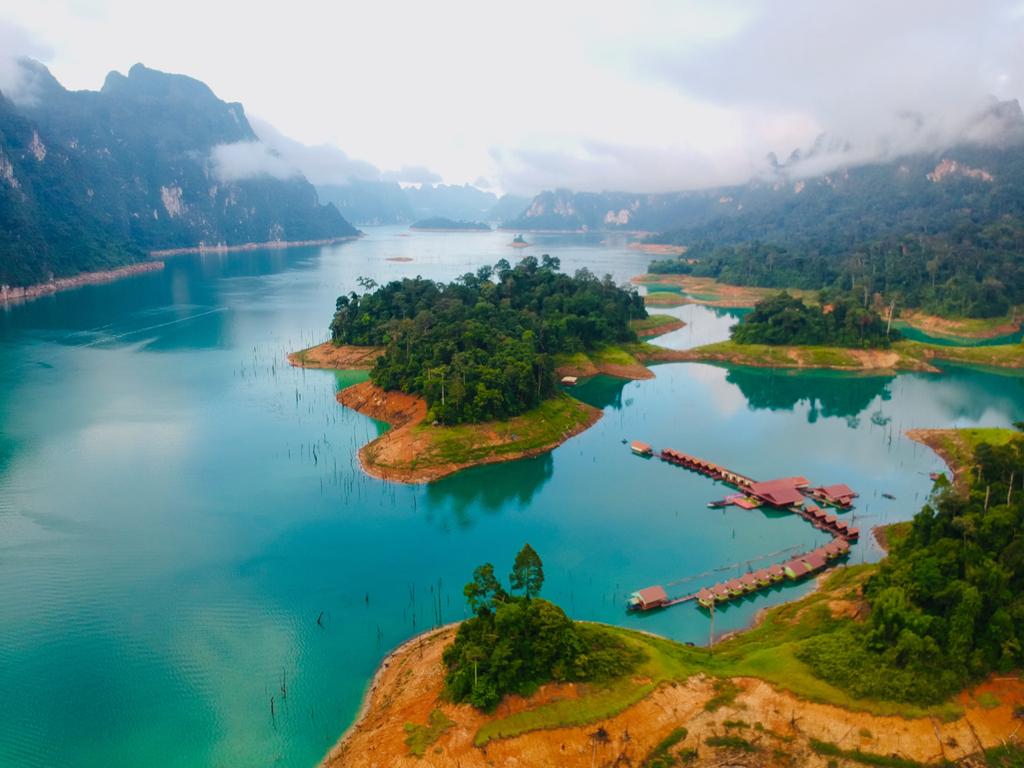
I promised you a story about disappearing habitats and forced animal migration; this is probably one of the more noteworthy examples in living memory. But the story is not over. In part 2 I will talk about some of the issues that are still affecting the Khao Sok rainforest today.
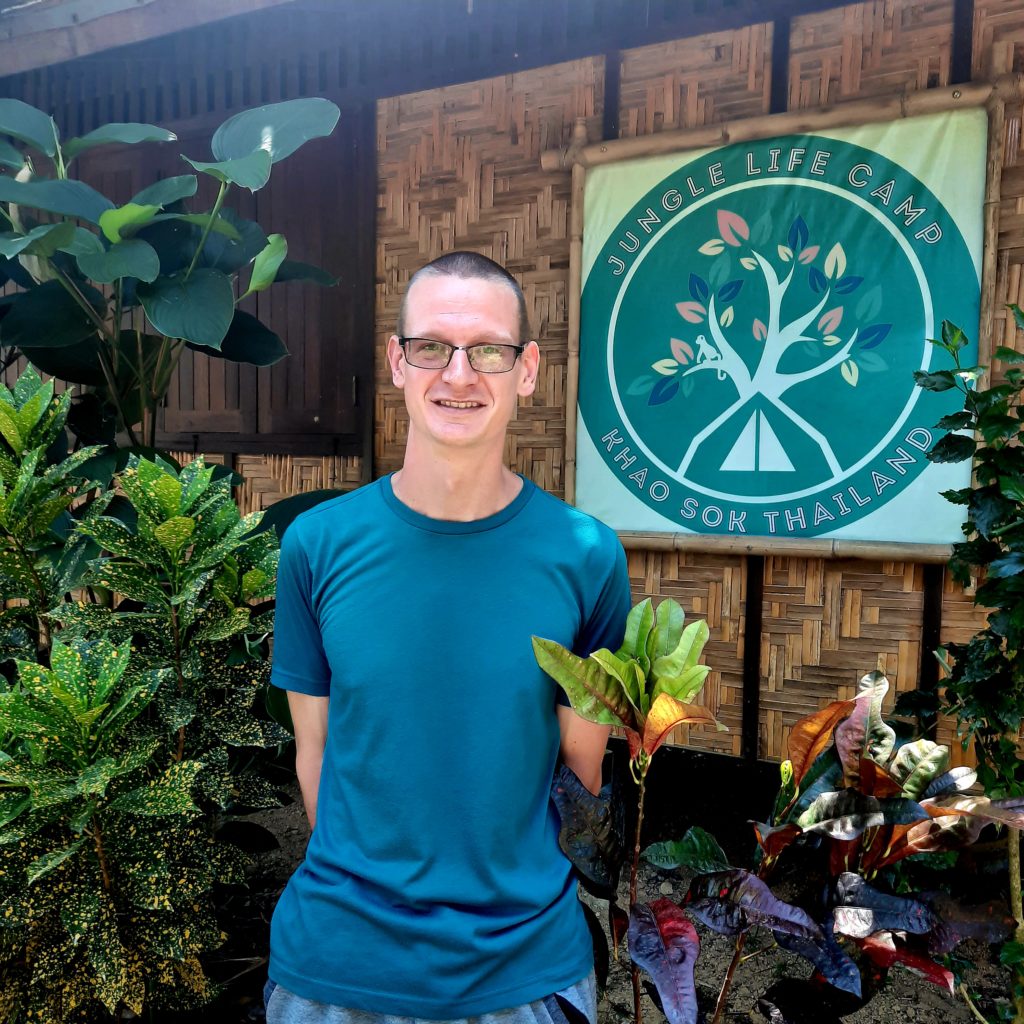
Mike is Camp Director at Jungle Life Camp in Khao Sok, Thailand. You can find them on Facebook and Instagram and at www.khaosokjunglelife.com.
He is also a steering committee member for Compass Education, where his current role includes content creation as part of the transition from face-to-face training to an online database of courses aimed at anyone with an interest in understanding the topic of sustainability better, especially educators.
Mike is more than happy to be contacted about either of these initiatives at mike@khaosokjunglelife.com.



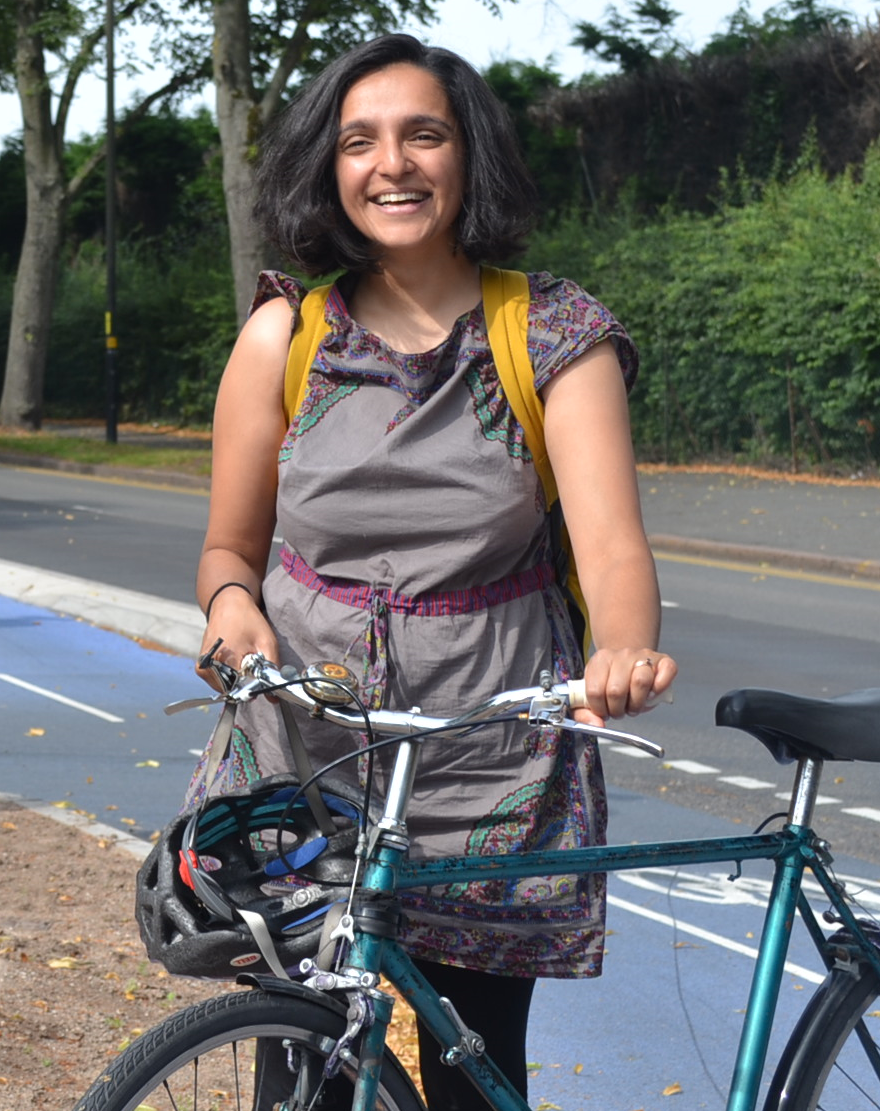

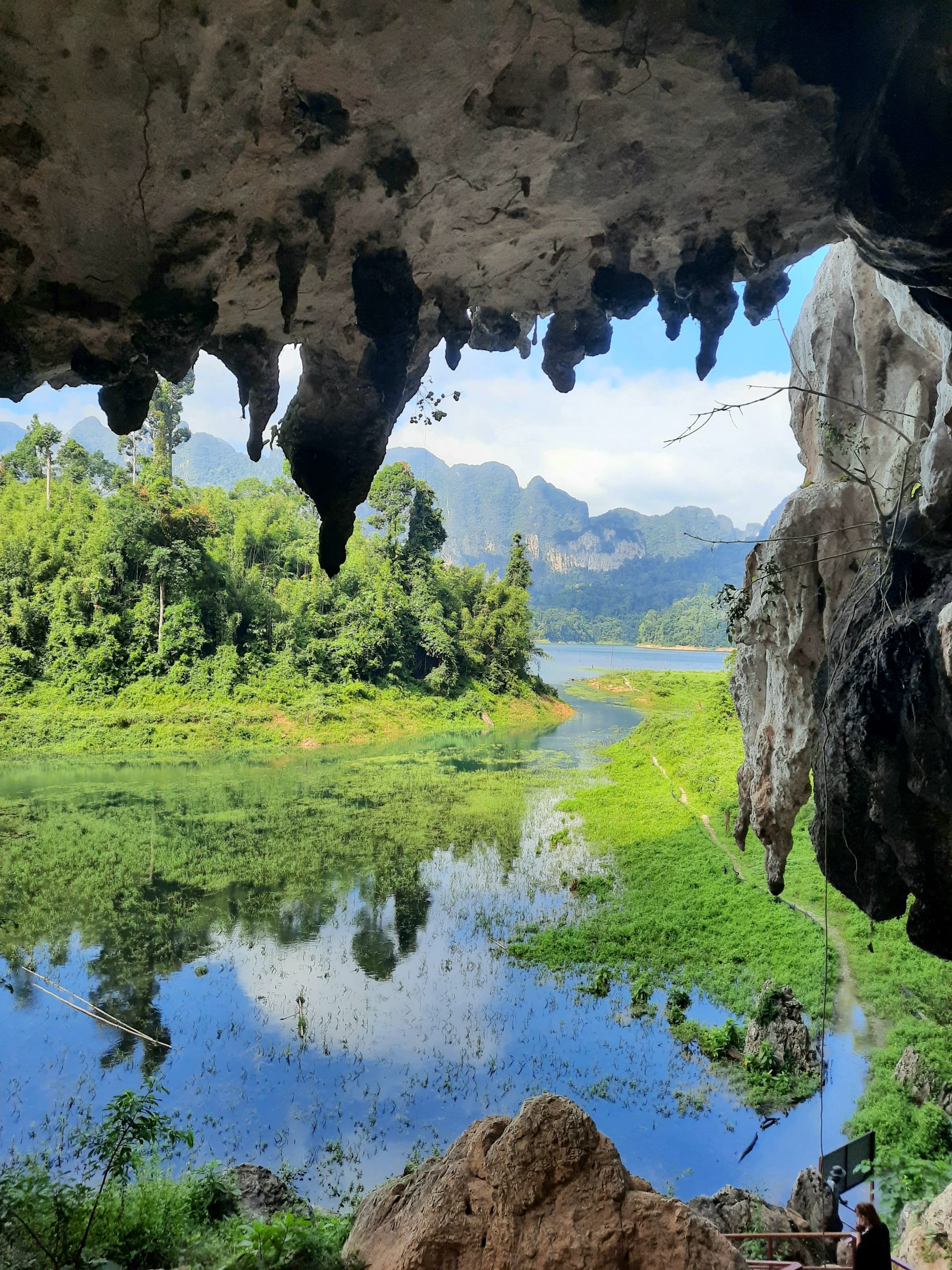
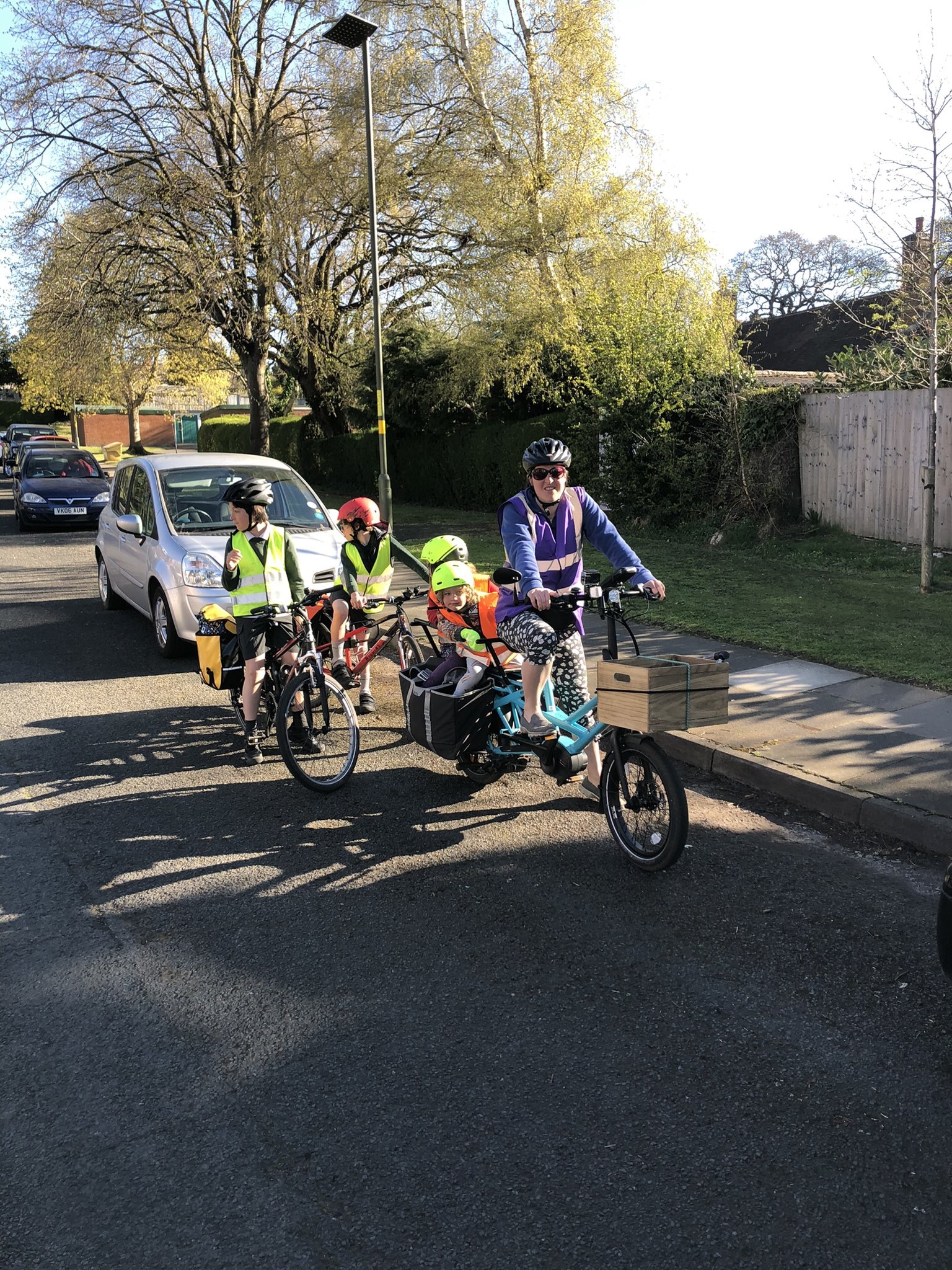

One Response